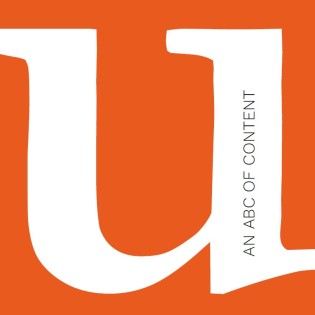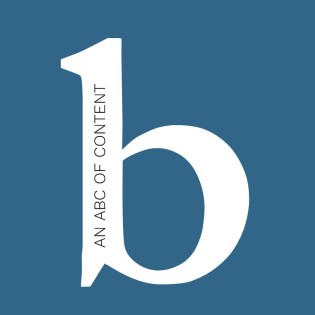I is for informality

How to get the right amount of formality in your content
It is informal, not formal, that is the new normal. Of course the context and format matter; a research paper will be written in a different language and style to a blog post or marketing email. But whatever the content, your aim should be to build a relationship with your reader.
So how do you give your content informality?
Resist the temptation to swallow the dictionary and sound as if you are addressing a high court judge. These will not confer authority, or impress your reader. In fact they might see the reader off and make you sound a bit silly.
Try to write it as you would say it. Use everyday vocabulary and contractions (can’t etc) when they sound natural. Ask yourself how you would explain your idea to a friend or colleague. The result will probably be clearer.
Aim for professional and authoritative, but friendly. Using “I” and “we” to take responsibility for your words, inspires confidence and builds the relationship. Use the active voice where possible. It is shorter and more direct to say “The chancellor raised rates” than the passive “Rates were raised by the chancellor.”
Informal should not mean sloppy or slapdash though. Make sure your grammar is correct, the structure is good and that you have something worthwhile to say.
Anecdotes, analogies and humour can all help strike the right note. But while formality is a bit old hat, trying too hard to be informal is even worse. The “wackaging” trend which may have made its way into your fridge has no place in your writing.





